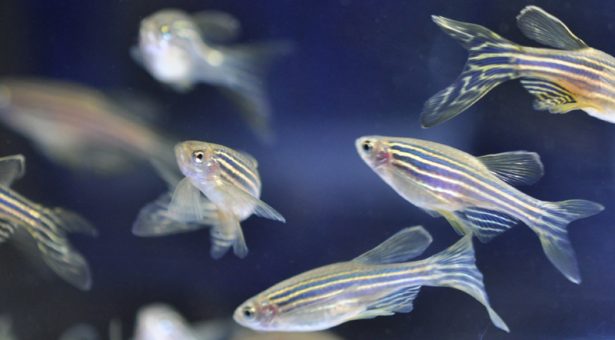Trade-off between somatic and germline repair in a vertebrate supports the expensive germ line hypothesis

DTP student Daniel Marcu has recently been a co-author on a paper, published in PNAS. Daniel’s contribution to this exciting project was to analyse and use genetic approaches to verify germline depletion of the experimental group studied. “Being in the first year of my PhD, I feel that it was great to be involved the publication process at this early stage of my PhD. It gave me an understanding of the level of accuracy and scientific quality required by journals”, said Daniel.
Can the ageing process be reversed or prevented? Understanding the processes that lead to the deterioration of an organism over time is key to answer these questions and finding possible antidotes. A common belief of the evolutionary theory of ageing is the possible trade-off between fertility and longevity, so that germline immortality comes at the cost of an ageing soma.
In this study zebrafish Danio rerio were used to understand the trade-off between somatic and germline repair. The effects of the presence or absence of germ line on somatic repair under benign stressful conditions were tested. Males were exposed to low dose ionising radiation and tested how fast the soma and the germ line recovered following partial fin ablation. The study showed that germline removal allows for an accelerated healing under stress. This suggests that germline-free males are capable of regeneration their soma at higher rate potentially because they had no need to perform germline repair. The underlying mechanisms for these findings remain to be elucidated but it is certain that germline and somatic maintenance are tightly linked.
To find out more about our study please see below:
Chen, H. Y., Jolly, C., Bublys, K., Marcu, D., & Immler, S. (2020). Trade-off between somatic and germline repair in a vertebrate supports the expensive germ line hypothesis. Proceedings of the National Academy of Sciences of the United States of America, 117(16), 8973–8979. https://doi.org/10.1073/pnas.1918205117
Photo credit: ”Zebrafish: Wellcome Trust Sanger Institute”
